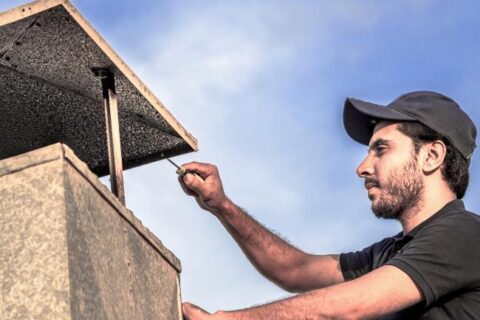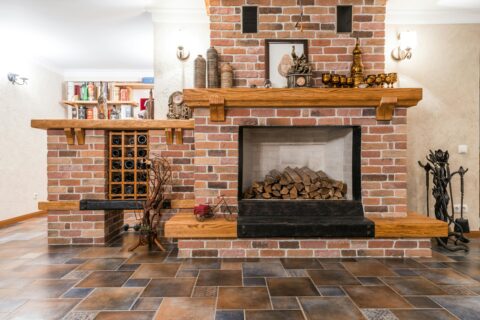What You Need to Know About Fireplace Relining Before It’s Too Late
Your Chimney Might Be Hiding a Dangerous Problem
Most people never think about what’s going on inside their chimney. After all, if the fireplace is working, everything must be fine, right?
Not always.
Over time, the lining inside your chimney can deteriorate from heat, moisture, or creosote buildup. When that liner breaks down, your chimney can no longer safely direct smoke and gases out of your home. And that’s when trouble starts: increased fire risk, carbon monoxide exposure, and costly structural damage.
You Deserve to Feel Confident Every Time You Light a Fire
You shouldn’t have to wonder if your fireplace is doing more harm than good. Whether you use it every weekend or just during the holidays, it should work the way it’s supposed to—safely and efficiently.
At ChimneyTEK, we specialize in identifying problems that homeowners can’t see—and fixing them before they become emergencies. With over 20 years of experience in chimney relining and repair, we’re here to help you understand what’s going on inside your system and what you can do to fix it.
What Is Chimney Relining—And Why Does It Matter?
What a Chimney Liner Does
The liner inside your chimney protects your home in three important ways:
- It contains the heat from the fire
- It prevents toxic gases from leaking into your living space
- It protects the brickwork from corrosive smoke and moisture
If the liner is cracked, missing, or outdated, your home could be at risk, even if your fireplace seems to be working fine.
When Is Fireplace (Chimney) Relining Necessary?
- You’ve had a chimney fire in the past
- Your current liner is clay and has deteriorated
- You’re upgrading to a new appliance (like a gas fireplace)
- A chimney inspection reveals cracking, corrosion, or gaps
- You smell smoke or experience poor draft
What Relining Looks Like: The Process and Materials
We use high-quality stainless steel chimney liners that are built to last. These liners meet modern safety codes, improve performance, and give you peace of mind every time you use your fireplace.
Our process includes:
- A complete chimney inspection to confirm relining is necessary
- Removal or bypassing of the old liner
- Installation of the new liner, properly sized to your fireplace or appliance
- Sealing and insulation to ensure energy efficiency and safety
Don’t Let a Hidden Chimney Problem Turn into a Dangerous One
Failing to reline a damaged chimney can lead to:
- Chimney fires
- Carbon monoxide leaks
- Moisture damage to your home’s interior
- More expensive repairs down the line
That’s why we always recommend taking action before small issues become big emergencies.
Why Homeowners Across Maryland and Delaware Trust ChimneyTEK
We’re known for being thorough, honest, and fast. Whether it’s relining a chimney in Bethesda, completing a fireplace restoration in Frederick, or performing a gas fireplace service in Dover, our goal is always the same: protect your home and your family with work that lasts.
We explain everything clearly, show you exactly what we see, and offer solutions that fit your home and your budget.
Here’s How to Get Started
- Schedule a chimney inspection to evaluate your liner
- Review your detailed chimney report with a certified technician
- Get your chimney relined quickly and professionally
A Safe, Warm Fireplace Starts with the Right Lining
If your chimney hasn’t been inspected in years—or if you’re planning a fireplace upgrade—now is the time to look inside.
Book your chimney inspection today and find out if it’s time for a relining.


